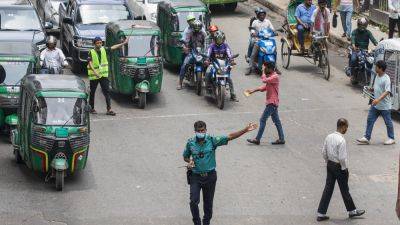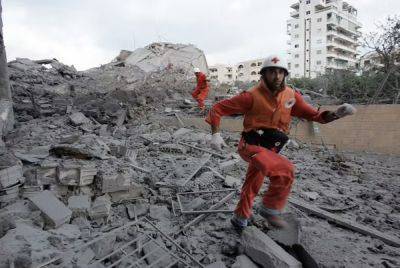The US says it has successfully practiced using a low-cost bomb to sink a major surface ship. China is taking note
Seoul, South Korea CNN —
A very specialized part of the world’s largest naval drills off the northern Hawaiian island of Kauai is gaining attention on both sides of the Pacific.
Earlier this month, the US and allies practiced taking out a large surface ship with long-range weapons, including, for the first time, a US Air Force B-2 bomber.
In one test that analysts called “very significant” in what it could mean for the calculus of any future, hypothetical conflict between the US and China, a B-2 stealth bomber hit a decommissioned amphibious assault ship with an inexpensive guided bomb.
The test of the weapon, dubbed QUICKSINK by the US Air Force, occurred on July 19, when a B-2 participated in the sinking of the ex-USS Tarawa, a retired 820-foot-long, 39,000-ton amphibious assault ship, a vessel the size of a small aircraft carrier.
It showed the US military can use one of its most survivable weapons platforms, the B-2 Spirit stealth bomber, to sink a major surface ship with a low-cost guided bomb.
“This capability is an answer to an urgent need to quickly neutralize maritime threats over massive expanses of ocean around the world at minimal costs,” said a press release from the US Navy’s 3rd Fleet, which led Rim of the Pacific 2024 (RIMPAC), the exercise that included the sinking of the ex-Tarawa.
The B-2 bomber is the US military’s most sophisticated aircraft. The Air Force says its stealthy characteristics allow it to penetrate heavily defended areas and also fly with a small chance of being detected by radar at high altitudes. That gives the B-2’s sensors the ability to get a view of the battlefield not possible in lower-flying planes.
Mating it up with relatively cheap and demonstrably effective







